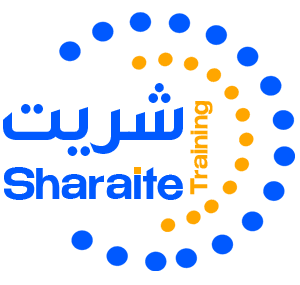This practical hands-on Financial Analysis, Modelling & Forecasting workshop will provide you with the methods and techniques of financial modeling

Financial Analysis, Modelling & Forecasting Training Course in Kuwait
Course Overview:
In today’s globally competitive world decision-makers face unprecedented levels of risk and uncertainty and traditional financial analysis and forecasting tools do not provide the flexibility and responsiveness to manage in these demanding conditions.
This practical hands-on workshop will provide you with the methods and techniques of financial modeling in Excel that will equip you with a set of powerful financial tools with which to anticipate and manage the opportunities and threats confronting your organization.
Course Objectives
By the end of training course, the participants will be able to:
- Design and build practical and effective financial models in Excel;
- Improve your skills in analyzing and interpreting financial statements;
- Build financial forecasting models for a range of business applications;
- Apply financial modeling techniques to investment decision-making;
- Use a range of tools to analyze and manage business risk;
- Appreciate the importance of the accounting and finance function;
- Understand accounting for routine business transactions;
- Be able to prepare simple financial statements;
- Be able to analyses company performance using basic ratios.
Course Outlines:
Fundamentals of Financial Modeling
- Financial Statements Basics
- Fundamentals of Financial Modeling
Mastering Financial Analysis
- Building a Financial Ratio Database in Excel
- Practical Modeling: The Cost-Volume-Profit Relationship
- Measuring and Improving Return On Investment
- Measuring and Improving Asset Management Efficiency
- Measuring and Managing Capital Structure and Risk
- Practical Modeling: The Effect of Gearing on Shareholders’ Earnings
Improving Financial Forecasting
- Practical Modeling: Using Excel Statistical Analysis Tools
- Avoiding Common Forecasting Problems
- Using Moving Averages to Analyze Time Series Data
- Using Linear Regression for Sales Trend Analysis
- Using Excel Solver to Minimize Forecasting Error
- Using Regression and Correlation to Forecast Costs
- Practical Modeling: Cash Flow Forecasting
Financial Models to Improve Investment Decision-making
- Principles of Capital Investment Decision-making
- Sources and Cost of Business Finance
- Practical Modelling: Using Excel Discounted Cash Flow Tools
- Practical Modelling: Capital Investment Analysis
- Essentials of Business Valuation
- Practical Modelling: Business Valuation Based on Shareholder Value Added
Managing Risk and Uncertainty
- Identifying and Analysing Business Risk
- Probability Based Approach to Decision-making
- Monte Carlo Simulation
- Sensitivity Analysis and “what-if”Forecasting
- Identifying the Key Drivers of Financial Performance
- Practical Modelling: Key Driver “what-if” Forecast
Course Closure
Frequently Asked Questions (FAQs)
How do I know if this program is right for me?
After reviewing the information on the program landing page, we recommend you submit the short form above to gain access to the program brochure, which includes more in-depth information. If you still have questions on whether this program is a good fit for you, please contact us or email us training@shaarait.com, and a dedicated program advisor will follow-up with you very shortly.
Is it a certified training course?
After completing the training course, the participant will receive a certificate of attendance from Sharaite Training Institute, which is an institute accredited by the Public Authority for Applied Education and Training as well as the Civil Service Commission in Kuwait.
Is there a prerequisite to attend the training course?
No, there is no a prerequisite for attending the training course. However, to be certified you should attend the 85% of training.
What type of certificate will I receive?
Upon successful completion of the training course, you will receive a hardcopy certificate. The certificate can be shared with employers and on social media. You can use it on your cover letter, resume, and/or display it on your LinkedIn profile. The certificate will be delivered at the last day of the training.








